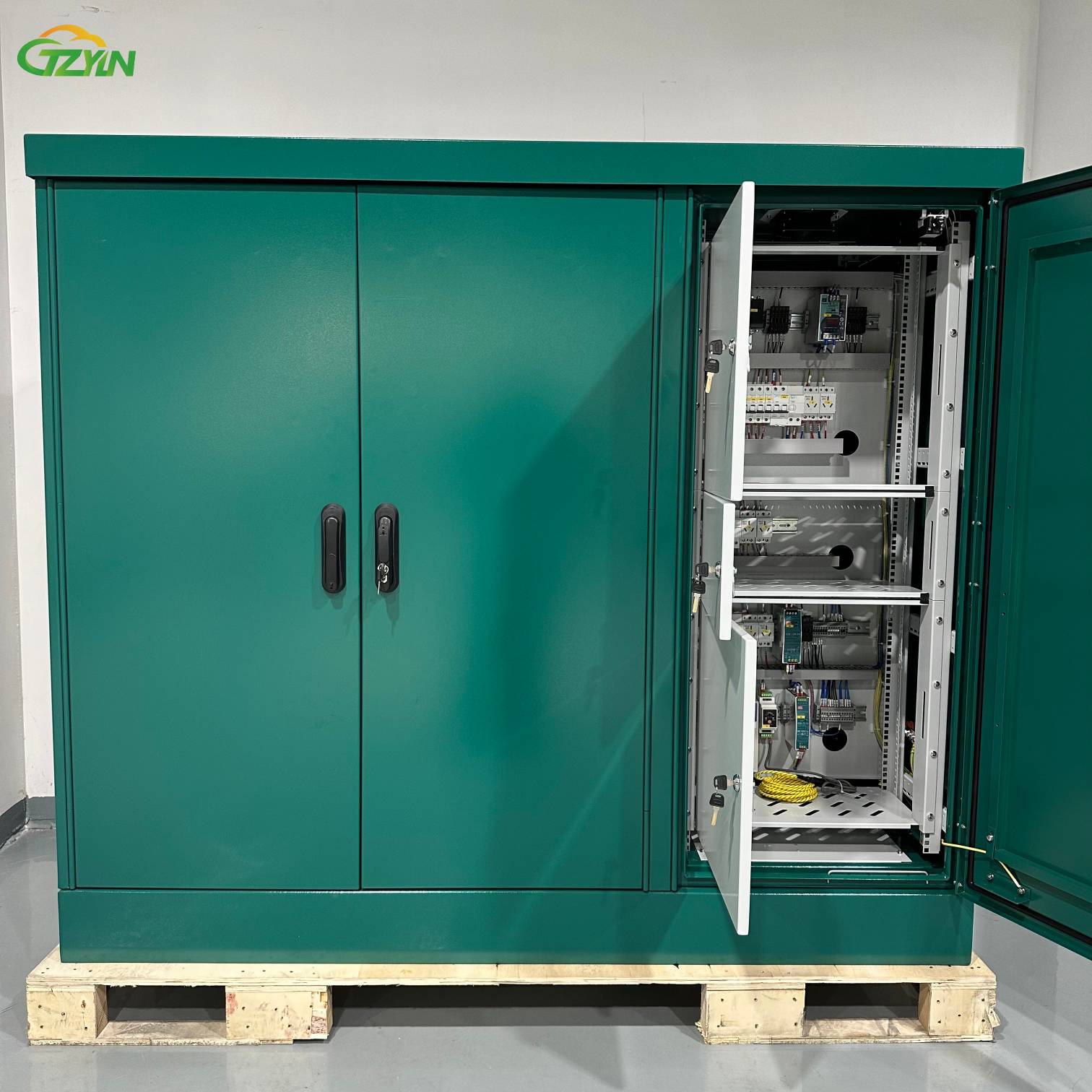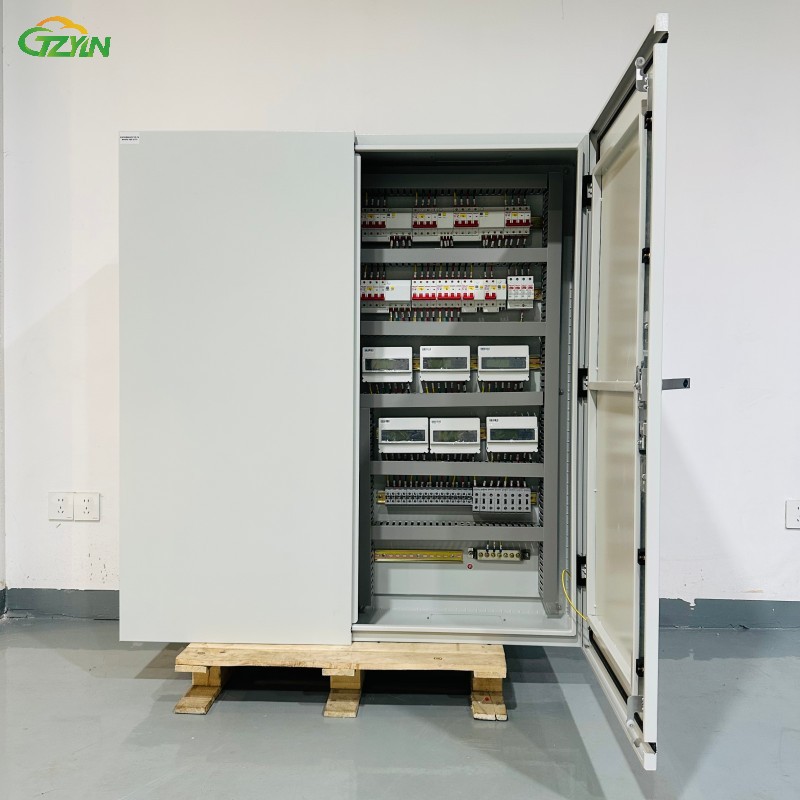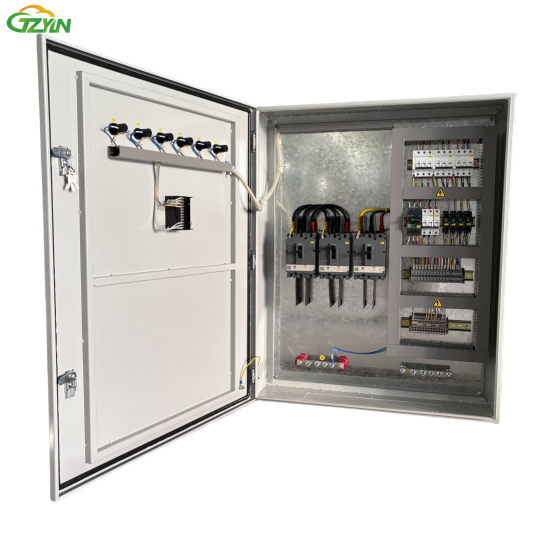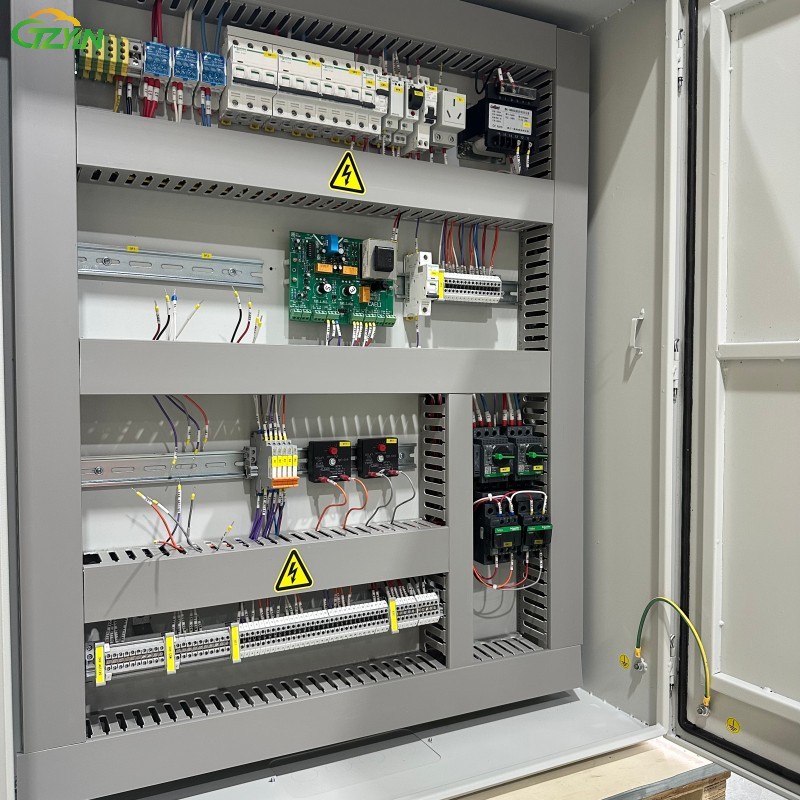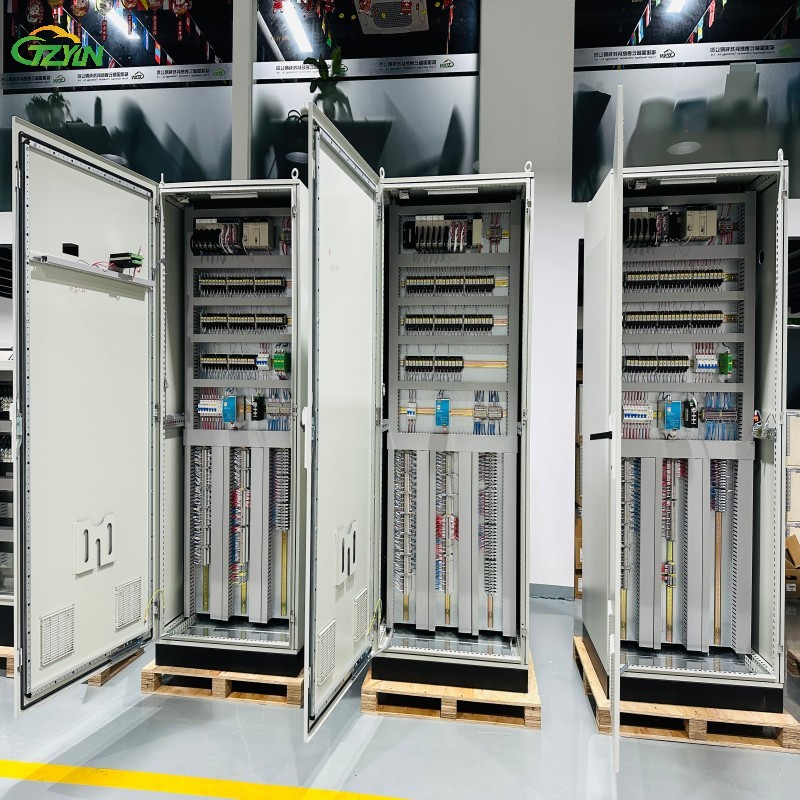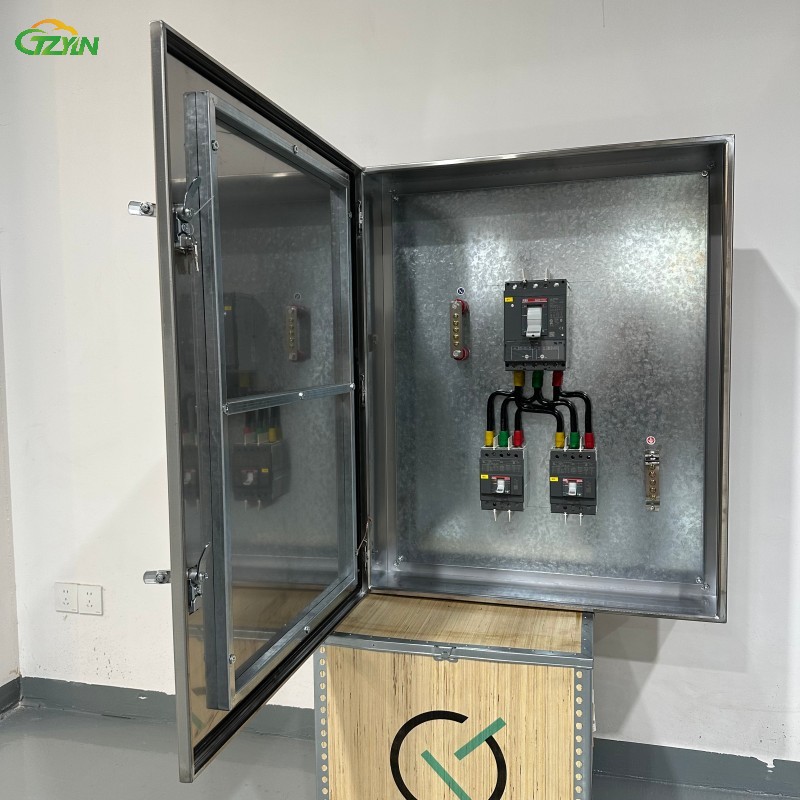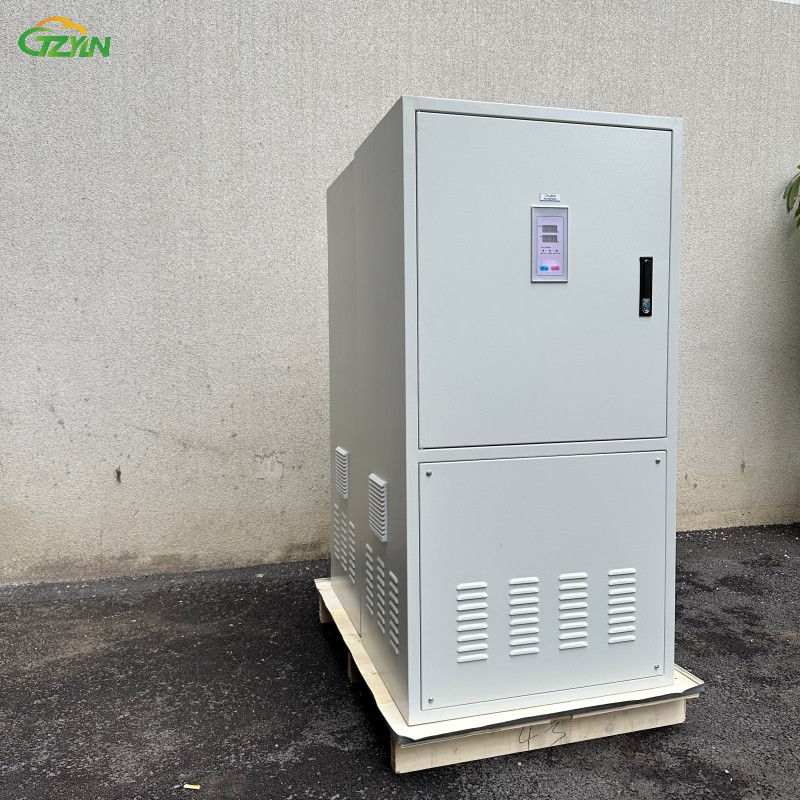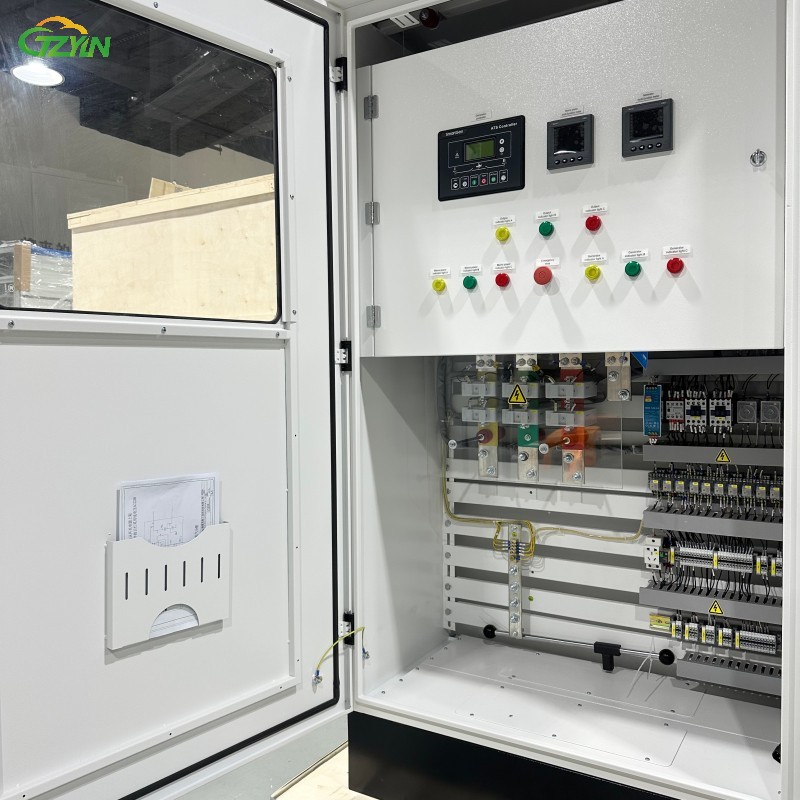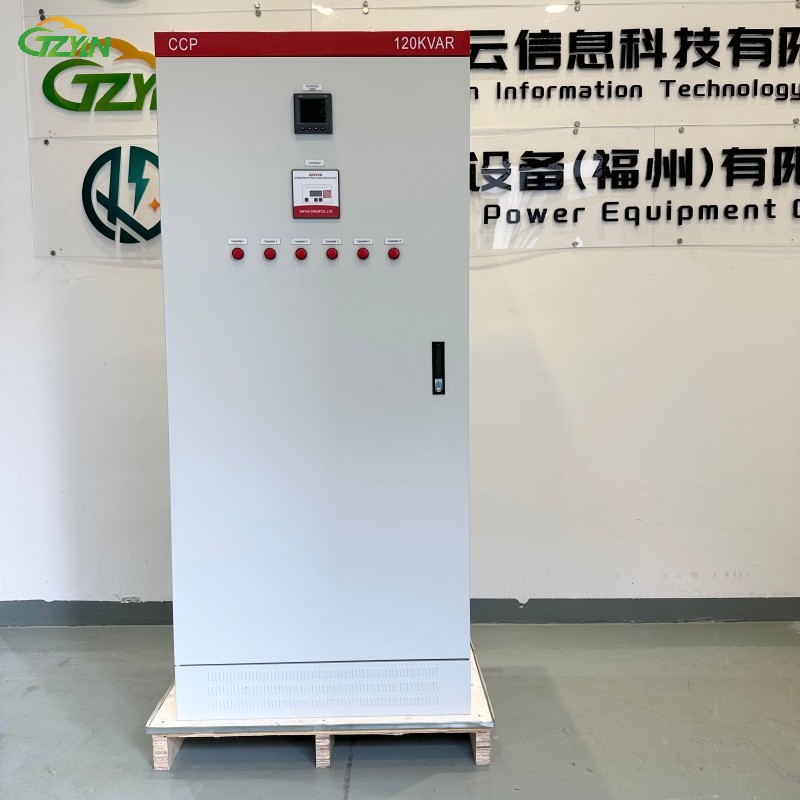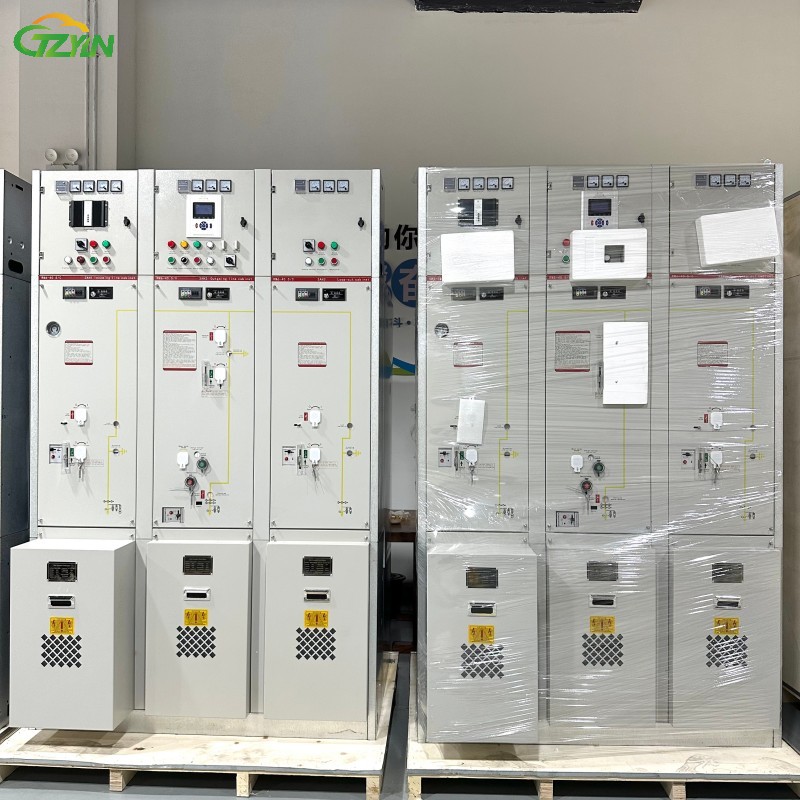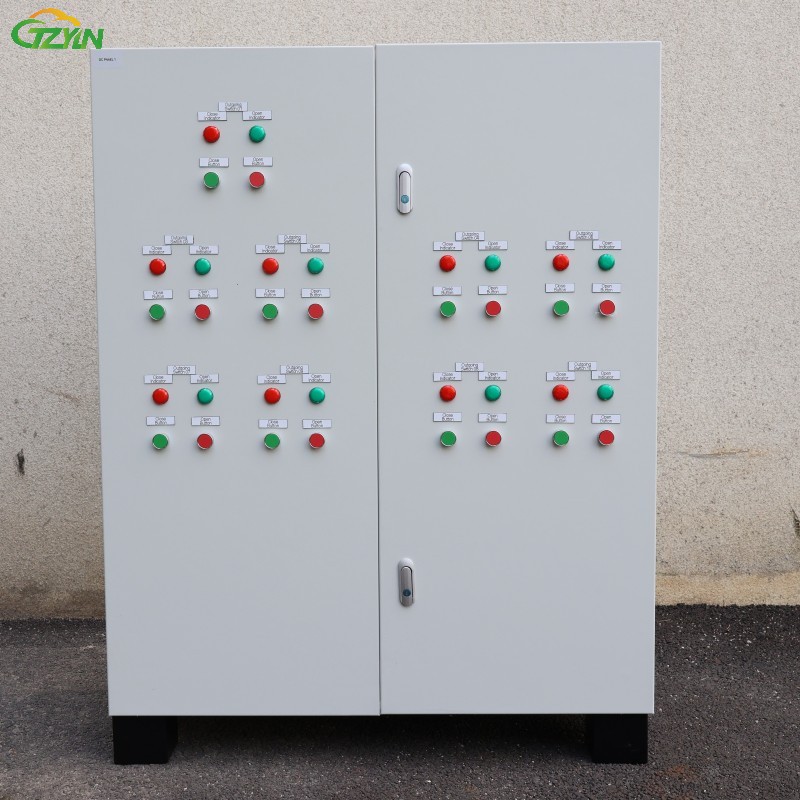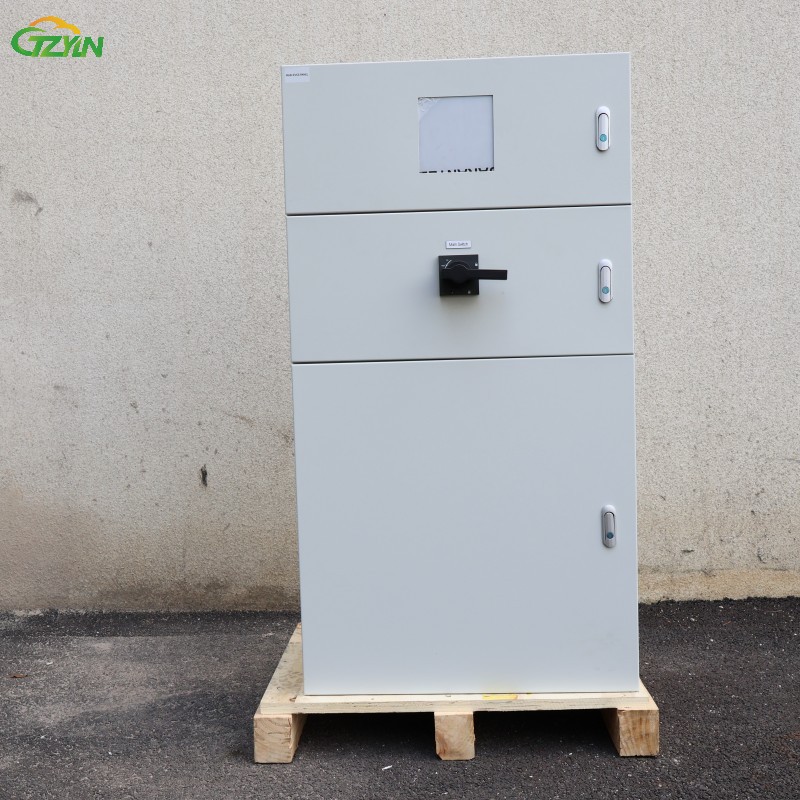Active filter cabinet customized in Guinea
May 06, 2025
Project Background
In the power system, the harmonic problem has been plaguing many projects, and the active filter cabinet we recently customized for the technical building and tower project of Guinea-Bissau Airport has become a key weapon to overcome this problem.
The Guinea-Bissau Airport project is of great significance to the country. The construction of its technical building and tower requires a stable, reliable and high-quality power supply system. However, various advanced equipment in the airport will generate harmonics during operation. If these harmonics are not managed, they will not only affect the normal operation of the equipment, but may even cause power grid failures, seriously threatening the operational safety of the airport.
The active filter cabinet we customized for the project's needs uses advanced power electronics technology and intelligent control systems. It can monitor the grid current in real time, accurately analyze the harmonic components therein, and quickly generate compensation currents equal to the harmonics and opposite in direction, thereby effectively filtering out the harmonics. This process not only improves the power quality, but also provides more stable and reliable power support for airport equipment.
What is "active power filter cabinet"?
Active power filter cabinet (APF) is an intelligent harmonic control device based on power electronics technology. It detects harmonic currents in the power grid in real time, dynamically generates reverse compensation current, accurately offsets harmonic pollution, and solves power quality problems such as voltage fluctuations and three-phase imbalance.
Compared with traditional passive filters (LC filters), active power filter cabinets have the characteristics of strong adaptability, fast response speed, and high filtering efficiency. They are especially suitable for modern industrial scenarios with high proportion of nonlinear loads and complex harmonics.
Why choose active power filter cabinet?
Full-band harmonic control
Covering 2-50 harmonics, the compensation rate is as high as 97%, which completely solves the harmonic interference generated by inverters, rectifiers, medium frequency furnaces and other equipment.
Dynamically track load changes and respond at milliseconds to avoid over-compensation or under-compensation caused by fixed parameters of traditional equipment.
Multifunctional integrated design
Integrated harmonic control, reactive power compensation, and three-phase unbalanced regulation functions, one machine with multiple effects, reducing equipment investment costs.
Supports parallel expansion and flexible adaptation to different capacity requirements (from 50A to 600A).
Intelligent monitoring and protection
Built-in Internet of Things module, supports remote monitoring, data recording and fault warning, and can view power quality reports in real time through PC/mobile phone.
Equipped with multiple protection mechanisms such as overcurrent, overvoltage, undervoltage, and overheating to ensure long-term stable operation of the equipment.
Green energy saving and compliance
Reduce line losses caused by harmonics, improve power efficiency by 5%-15%, and help enterprises save energy and reduce consumption.
Comply with international and domestic power quality standards such as IEEE 519 and GB/T 14549 to avoid the risk of power fines.
Which industries need it?
Manufacturing industry
Typical loads: inverters, robots, CNC machine tools, electroplating power supplies
Problems: Harmonics cause equipment false alarms, motor heating, and product yield fluctuations
Data centers and communication base stations
Typical loads: UPS power supplies, servers, precision air conditioners
Problems: Harmonics cause IT equipment downtime, capacitor bulging, and backup power failure
Commercial buildings and medical fields
Typical loads: LED lighting, elevators, MRI magnetic resonance imaging devices
Problems: Harmonics cause lighting flickering, elevator jitter, and reduced accuracy of medical imaging equipment
New energy and rail transit
Typical loads: photovoltaic inverters, charging piles, traction power supply systems
Problems: Harmonics cause grid connection anomalies, low charging efficiency, and contact network resonance
Welcome to consult
The Guinea-Bissau Airport project is just one of our many successful cases. In the future, we will continue to deepen our active filtering field, continuously optimize product performance, expand the scope of application, solve harmonic problems for more industries and projects, and contribute to the improvement of global power quality.
